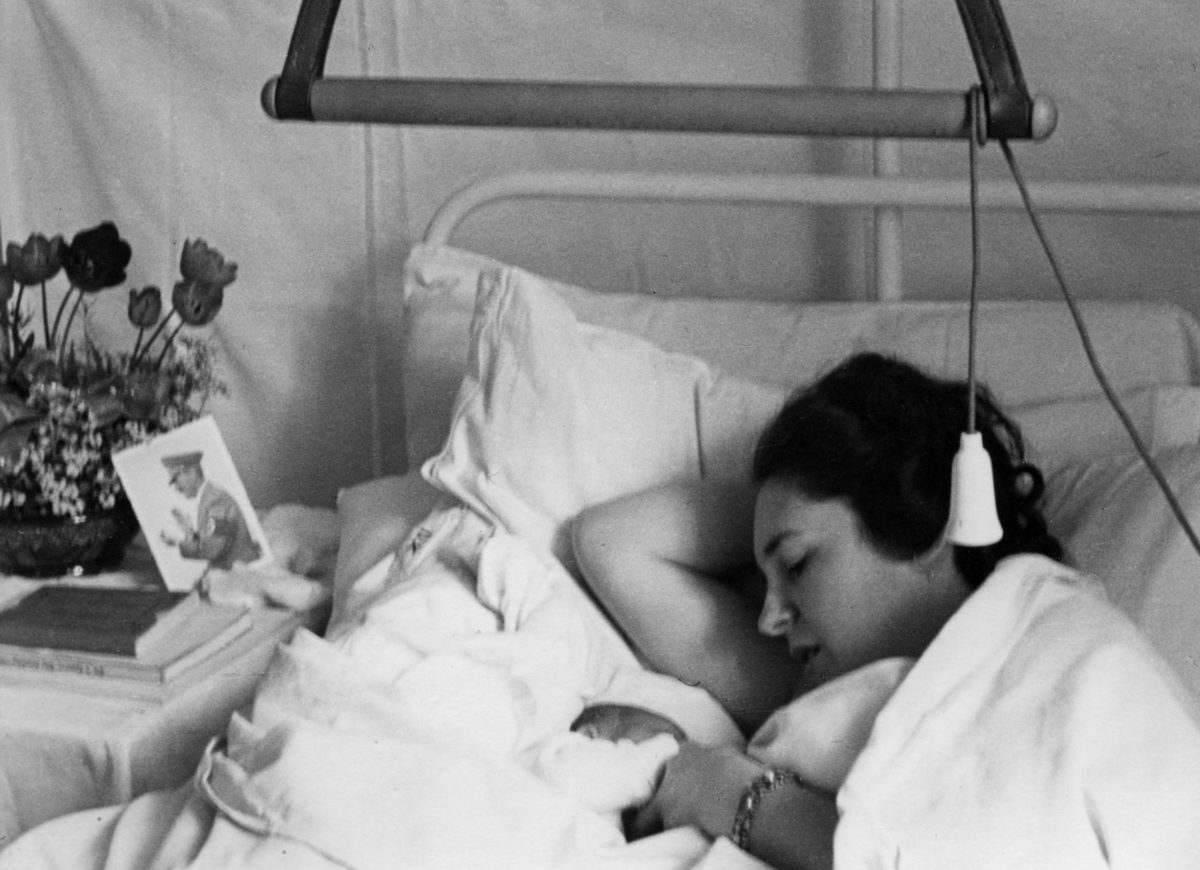Despite being portrayed after the war as little more than obedient mothers and wives, many German women played an active and crucial role in the rise of Adolf Hitler and contributed greatly to the virulent wave of anti-Semitism.
“These women were the best propagandists the Party had,” Heinrich Hoffman wrote in his postwar memoir, Hitler was my Friend. “They persuaded their husbands to join Hitler, they sacrificed their spare time to their political enthusiasms and they devoted themselves utterly and selflessly to the cause of the Party’s interests.”
They also provided, quite simply, the biological means for the Nazis to pursue their version of the so-called master race.
At the end of World War I through the Great Depression, Germany faced a declining birth rate. In 1933 that rate was only 14.7 per 1,000. By 1939, because of a concerted effort by the Nazi party, that statistic rose to 20.3. The latter however, “represents a fertility only slightly above that required for permanent replacement of population,” writes population expert Dudley Kirk.
The fertility crisis led SS leaders in 1936 to create a state-directed program known as Lebensborn or Fount of Life. According to the United States Holocaust Memorial and Museum, the Lebensborn ordinance, along with the SS Marriage Order of 1932, prescribed that every SS member father at least four children, in or out of wedlock.
Dubbed Germany’s “most loyal, fanatical fellow-combatants” by Adolf Hitler, “racially pure” women were encouraged to bear as many children as possible to enhance Germany’s military strength.
Instrumental to Hitler’s plans of Lebensraum, women were to bear boys who would become soldiers and girls who would become future mothers — creating a continuous cycle of racial purity.
Speaking to the National Socialist Women’s League in 1934, Hitler insisted that “every child [a woman] bears is a battle she endures for the life and death of her people.”
The prize for their service to Fatherland? Medals.
“As a reward for having many children,” writes historian Andrew Nagorski, “the Nazis handed out the Cross of Honor to the German Mother — a bronze one for four or five children, silver for six or seven, and gold for eight or more.”
The first crosses were presented in 1938 and the last in 1944, by which time, according to Holocaust.org, 4.7 million medals had been awarded.
While the delineated spheres of influence for men and women in Germany were quite traditional, as World War II wore on, the need to mobilize the entire nation for war work took precedence.
By war’s end, nearly 500,00 women were serving as auxiliaries in the German armed forces — including 3,700 who served as guards within the Nazi concentration camp system.





